Aerospace
U.S. Marine Corps F-35B Nose Gear Collapse Incident At Kadena Air Base
The U.S. Marine Corps F-35B stealth aircraft was damaged today at Kadena Air Base in Okinawa, Japan
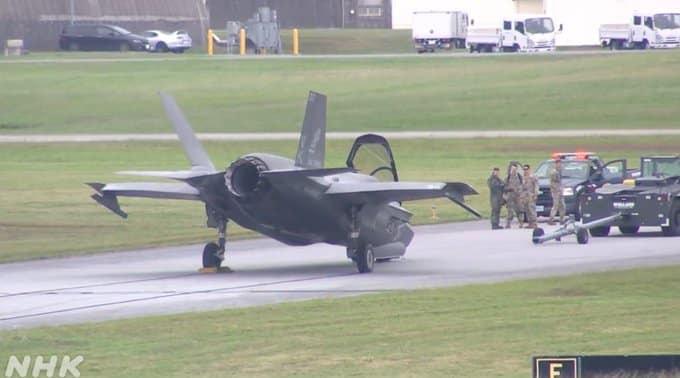
The U.S. Marine Corps F-35B stealth aircraft was damaged today at Kadena Air Base in Okinawa, Japan, as a result of a nose-gear collapse. The short takeoff and vertical landing (STOVL) plane was being towed when the incident occurred; having just returned to the base for a precautionary landing. The aircraft is based at the Marine Corps Air Station in Iwakuni, Japan.
Turkish Airlines 737 evacuated after landing gear fire(Opens in a new browser tab)
Video of today's incident with the F-35 fighter jet of the 121st squadron of the #USMC at the Kadena Air Force Base on the #Japanese island of #Okinawa
When towing the aircraft, the front landing gear dropped.pic.twitter.com/xIkJZYxXns
— Indo-Pacific News – Geo-Politics & Military News (@IndoPac_Info) December 1, 2022
After the F-35B had touched down and was being towed back to the flight line at around 1:40 PM local time, the Incident happened. A video shows the aeroplane being towed while unusually banging up and down. After that, the nose gear oleo then gives way and the aircraft ends up sitting on its nose on the taxiway. No injuries were reported to any of those involved and the jet was soon surrounded by firefighting and other emergency vehicles.
Shocking : Boeing 747 Dreamlifter Loses Wheel Departing Taranto, Italy(Opens in a new browser tab)
The “Green Knights” of Marine Fighter Attack Squadron 121 (VMFA-121) were flying a jet, and Maj. Rob Martins, a spokesperson for the 1st Marine Aircraft Wing, indicated in a release that the pilot had to return to base due to a suspected electrical issue.
“The pilot did as instructed and picked the safest alternative, safely landing the aircraft in accordance with standard procedures… Our aviators take tremendous steps to protect the safety of the aircrew and the surrounding areas, and operating our aircraft safely and successfully is a high concern.” The F-35B was on a routine training mission using local ranges at the time of the incident.

Aerospace
Boeing Transfers Rocket Stage to NASA, Paving Way for Human Moon Mission
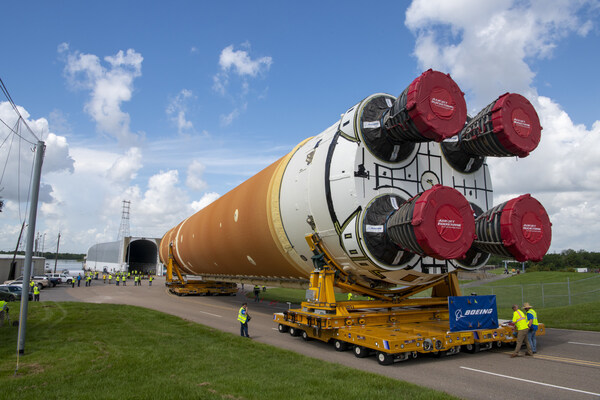
Boeing has achieved a significant milestone by providing NASA with the second core stage of the Space Launch System (SLS) rocket.
This crucial component, crafted at NASA’s Michoud Assembly Facility (MAF), is set to propel the Artemis II crew into lunar orbit, marking humanity’s return to deep space after a 50-year hiatus.
The monumental Boeing-built rocket stage, the largest element of the Artemis II mission, will embark on a journey aboard the Pegasus barge, traveling 900 miles to NASA’s Kennedy Space Center.
Comparison of two legendary aircraft B777x vs B747 aircraft:Click here
Upon arrival, it will be meticulously integrated with other essential Artemis II components, including the upper stage, solid rocket boosters, and NASA’s Orion spacecraft within the iconic Vehicle Assembly Building. This intricate integration process is a vital step toward the eagerly anticipated Artemis II launch, slated for 2025.
“Boeing-built products helped land humankind on the moon in 1969, and we’re proud to continue that legacy through the Artemis generation,” remarked Dave Dutcher, vice president and program manager for Boeing’s SLS program. “Together, with NASA and our industry partners and suppliers, we are building the world’s most capable rocket and paving the way to deep space through America’s rocket factory in New Orleans.”
NASA, Lockheed Martin Reveal X-59 Quiet Supersonic Aircraft:Click here
The delivery of Core Stage 2 marks a significant achievement in the evolution of the SLS rocket. Towering over 200 feet and powered by four RS-25 engines, this core stage, coupled with two solid-fueled booster rockets, will generate a staggering 8.8 million pounds of thrust. This immense power is crucial to launching Artemis II and future missions into the vast expanse of space.
The SLS rocket stands unparalleled in its capability to transport both crew and substantial cargo to the moon and beyond in a single launch. Its extraordinary capacity will facilitate the delivery of human-rated spacecraft, habitats, and scientific missions to destinations including the moon and Mars, ushering in a new era of space exploration.
-
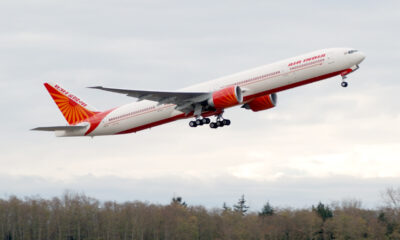
 Travel1 week ago
Travel1 week agoAir India to Expand US Operations with Three New Routes After a Decade
-

 Travel2 weeks ago
Travel2 weeks agoWhy We Should Avoid These Stamps in a Passport
-
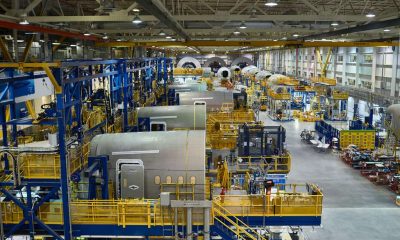
 Airlines1 month ago
Airlines1 month agoInvestigations Reveal Fake Chinese Titanium in Boeing and Airbus Jets
-

 Tech4 weeks ago
Tech4 weeks agoChina’s CATL Plans 1,800-Mile Electric Plane Launch by 2027
-
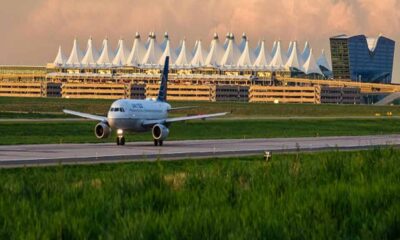
 Airport3 days ago
Airport3 days agoTop 10 Largest Airports in the World by Size
-
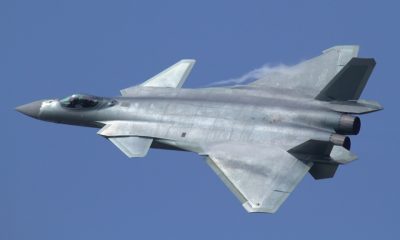
 Aerospace4 weeks ago
Aerospace4 weeks agoChina’s Fighter Jets Turn Wings into Autonomous Drones
-
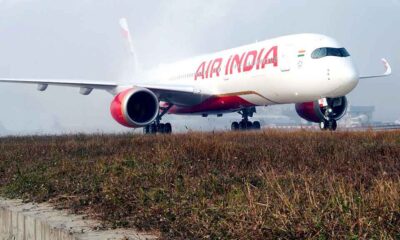
 Airlines4 days ago
Airlines4 days agoAir India Rolls Out A350s for Delhi-New York JFK and Newark Routes
-
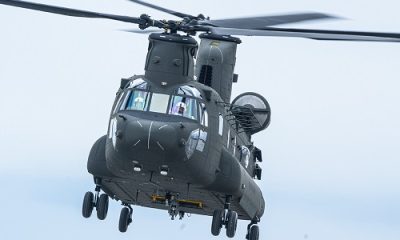
 Defence3 weeks ago
Defence3 weeks agoBoeing Enhances Chinook with New Engines and Block II Upgrades at $96 Million







